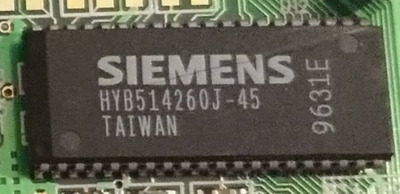First post, by dulu
In the past, a widespread opinion was that damage to graphics cards is most often caused by overclocking the GPU or memory. Honestly - this opinion never appealed to me.
Let's consider the topic on the example of graphics cards created before the era of lead-free soldering. I have some graphics cards with typical damage from that period, i.e. vertical artifacts. I would like to repair them by reflow (with appropriate temperature and flux). If the artifacts are due to damaged solder under the chip, this may help. But how do you really know which element of the graphics card is damaged? I think there is some way to diagnose it, because I don't believe that the graphics card repairers in the past tweaked each component in turn. There has to be some way to determine, for example, if any of the memory bones are permanently damaged. Maybe some software?
